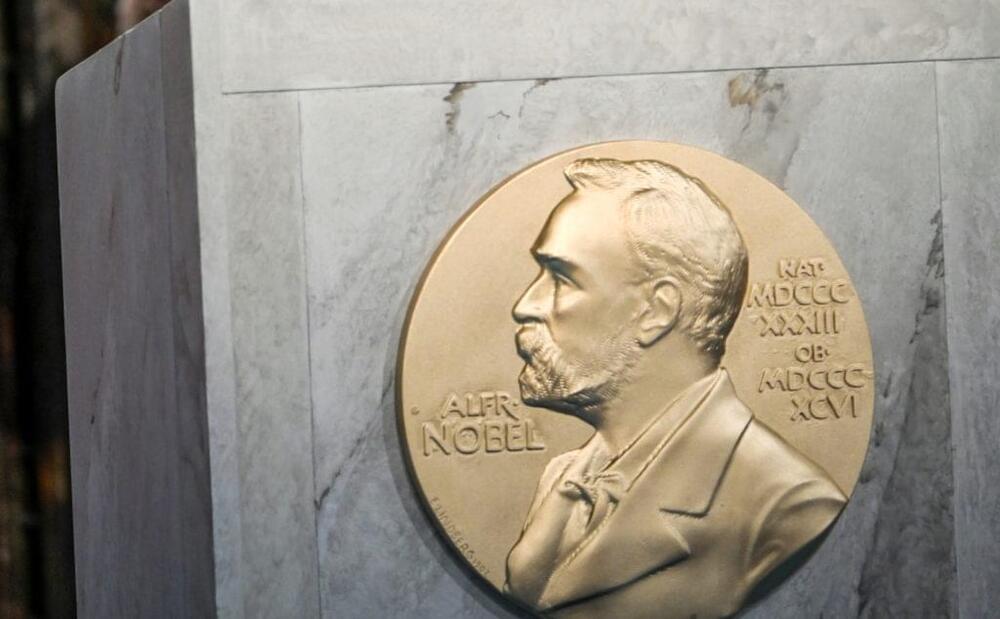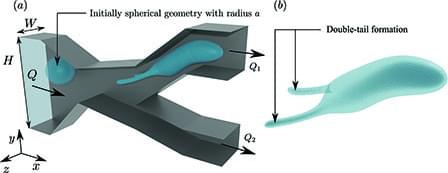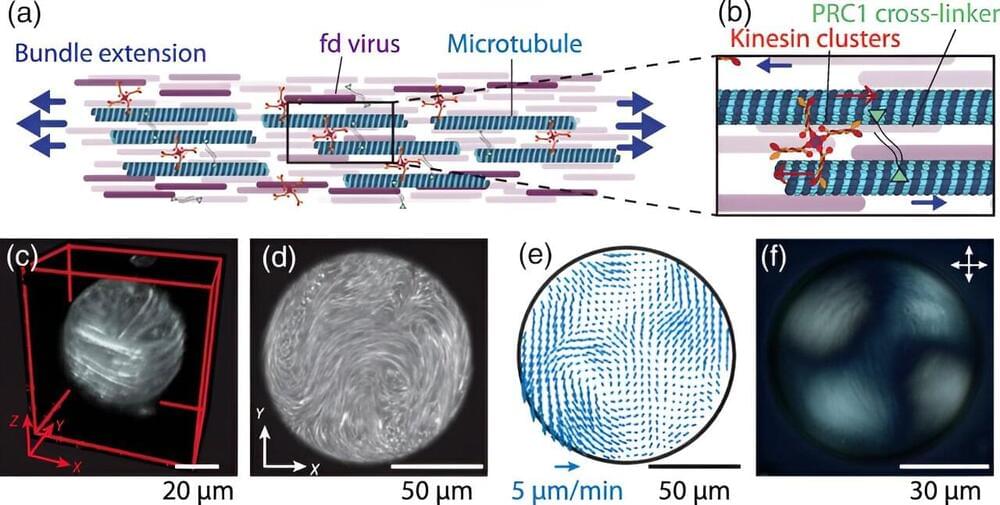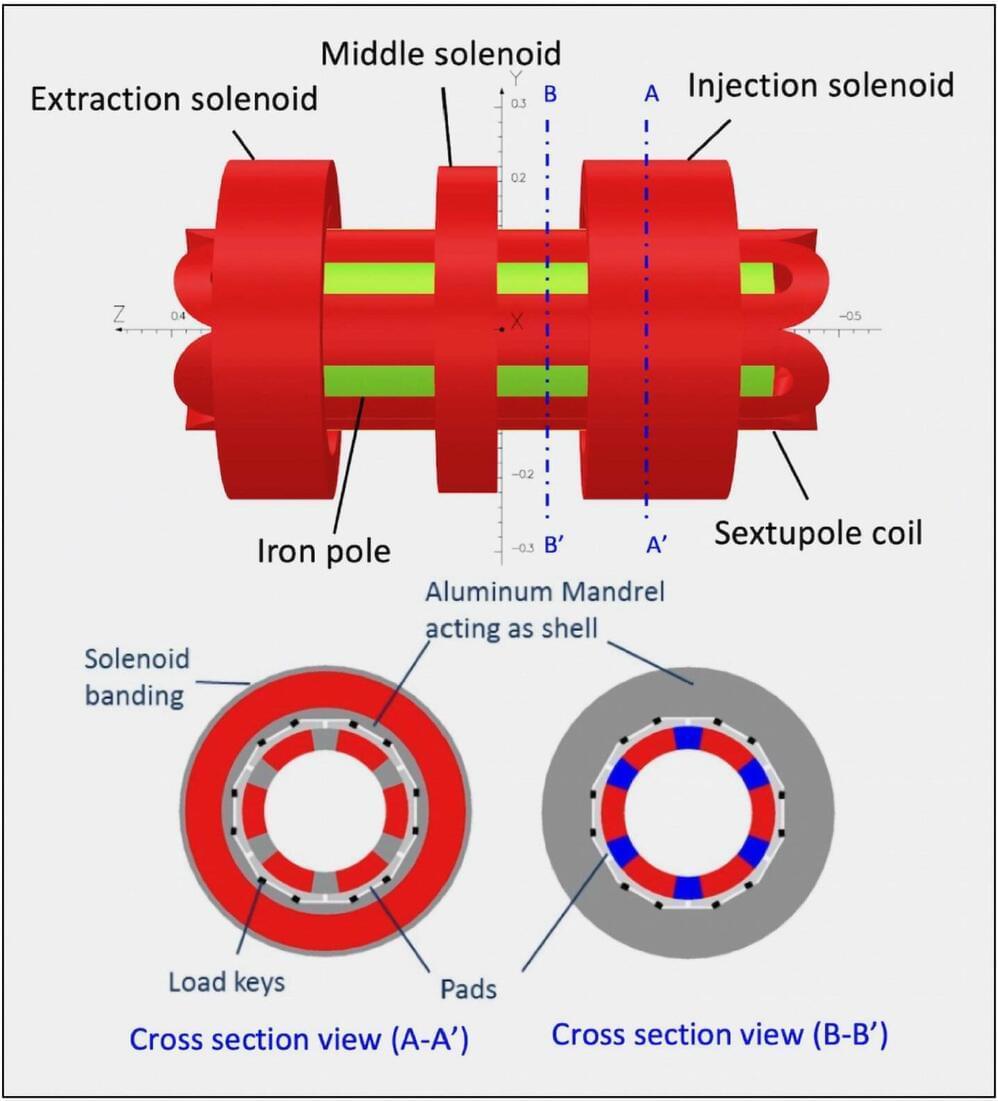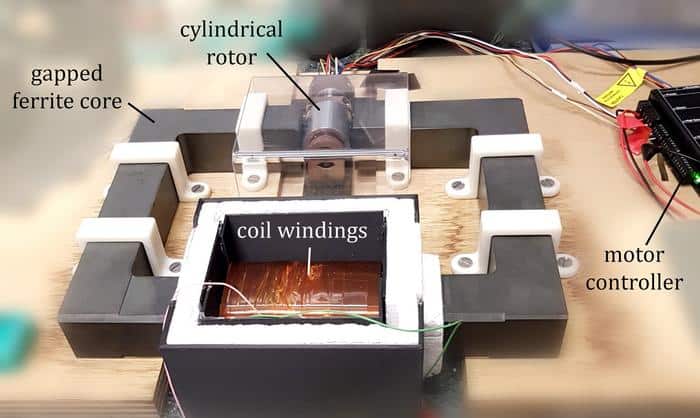An infrared detector is sensitive to a wide range of intensities and could potentially pick up biomarkers from exoplanet atmospheres.
Many areas of astrophysics, cosmology, and exoplanet research would benefit from a highly sensitive and stable detector for light at wavelengths in the 10–100 µm range. Now researchers report building a detector that operates at 25 µm and that is suitable for hours-long operation in a telescope pointed at faint sources [1]. The device exploits the extreme sensitivity to light of a superconducting material patterned into a miniature photo-absorptive structure. The researchers expect that the design will find use in space telescopes launched in the next few years.
Light at wavelengths in the range 10–100 µm may carry crucial spectroscopic clues about biogenic gases in exoplanet atmospheres and could also help astrophysicists pin down details of early planetary formation and galactic evolution. Yet building detectors for this range of wavelengths is challenging for several reasons, says astrophysicist Peter Day of the California Institute of Technology (Caltech). Because the light from these sources is so faint, the detector has to perform stably over many hours of observation. Each pixel of the detector has to be capable of registering single photons yet also be accurate for sources as much as 100,000 times brighter than the faintest detectable source. The detector must also have an efficient way to read out information rapidly from thousands of identical pixels.


